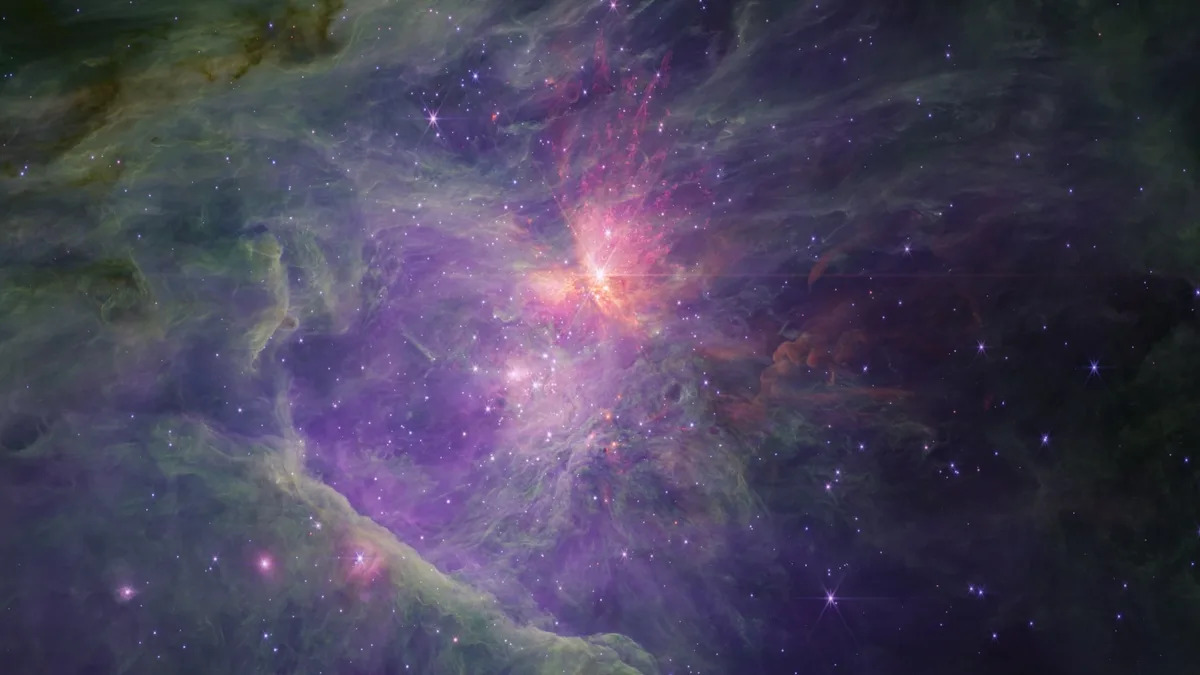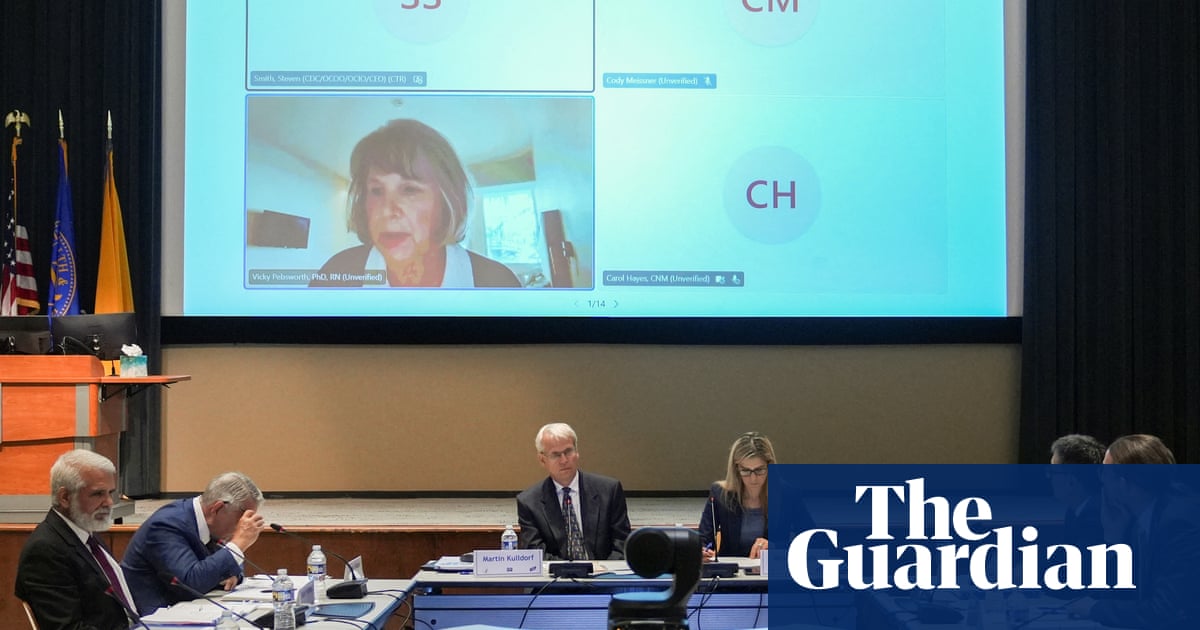James Webb Telescope’s “Rogue” Objects May Be Illusions, New Study Suggests

Mysterious “rogue” pairs of Jupiter-sized objects, spotted by the James Webb Space Telescope (JWST) in the Orion Nebula Cluster, may not exist after all. This revelation comes from a new study suggesting these enigmatic entities, known as “JuMBOs,” are even rarer than previously thought. The study hints that these objects might be mere illusions, challenging existing astronomical theories.
JuMBOs, short for “Jupiter-mass binary objects,” were identified in 2023 by JWST as pairs of planet-like bodies in the trapezoid region of the Orion Nebula Cluster. Each pair consists of two gas giants, ranging from 0.7 to 30 times the mass of Jupiter. Unlike typical planets, these objects do not orbit stars but instead revolve around each other at distances of 25 to 400 astronomical units. This peculiar behavior has led scientists to categorize them as free-floating or “rogue” objects.
Challenging the Conventional Wisdom
The discovery of JuMBOs has sparked debates about planetary formation. Traditionally, planets are believed to form around stars, similar to our solar system. However, the existence of JuMBOs suggests alternative formation theories, such as being lured away by another star or forming as eroded cores of embryonic stars. Despite these theories, some researchers remain skeptical about the existence of JuMBOs.
In 2024, Kevin Luhman, a professor at Penn State, reanalyzed JWST’s observations and proposed that these supposed pairs might not be planets. Instead, he suggested they could be distant background objects accidentally captured in the telescope’s images of the Orion Nebula Cluster.
Simulations and New Insights
Richard Parker, a senior lecturer in astrophysics at the University of Sheffield, led a new study to explore this skepticism. Inspired by a discussion on Luhman’s work, Parker, along with Simon Goodwin and Jessica Diamond, conducted computer simulations to assess how JuMBOs might survive in their chaotic birth environments.
The team created a model of a nebula, comprising stars and JuMBOs, totaling 1,500 components. They then generated five variations of this model, altering internal parameters like the distance between planet pairs and the nebula’s density. Each model underwent ten rounds of N-body simulations.
“These computer simulations calculate the force due to gravity on each object from all of the other objects,” Parker explained, highlighting the intricate gravitational interactions within the nebula.
The simulations revealed that JuMBOs are extremely ephemeral. In dense nebulae, nearly 90% of these planet pairs were disrupted by neighboring stars within a million years. Even under optimal conditions, where fewer stars existed and JuMBOs had tighter orbits, only half of the pairs avoided disruption. The findings also indicated that widely separated planet pairs were more prone to disruption.
Implications and Future Directions
These results, published in the Monthly Notices of the Royal Astronomical Society: Letters, suggest that the observed JuMBOs are exceedingly rare. Parker noted that this aligns with Luhman’s hypothesis that JuMBOs might not exist, as their numbers would need to be significantly higher to match JWST’s observations.
“I think the next steps are for someone else to take the original JWST data and to analyze it again,” Parker stated, emphasizing the need for further scrutiny.
The study’s findings not only question the existence of JuMBOs but also highlight the fragility of planetary systems in star-rich environments. As astronomers continue to explore the cosmos with advanced tools like JWST, such revelations remind us of the complexities and surprises that space holds.
Meanwhile, the scientific community eagerly awaits further analysis and observations to either confirm or refute the existence of these so-called “rogue” objects, potentially reshaping our understanding of planetary formation.






